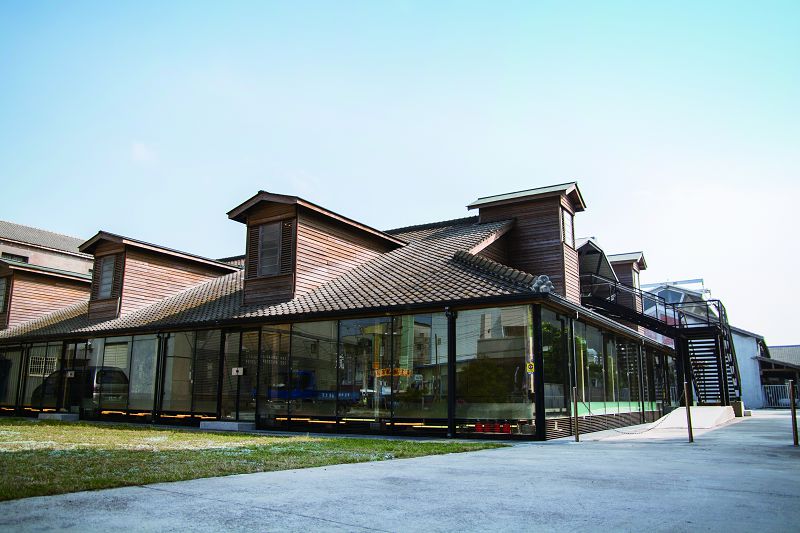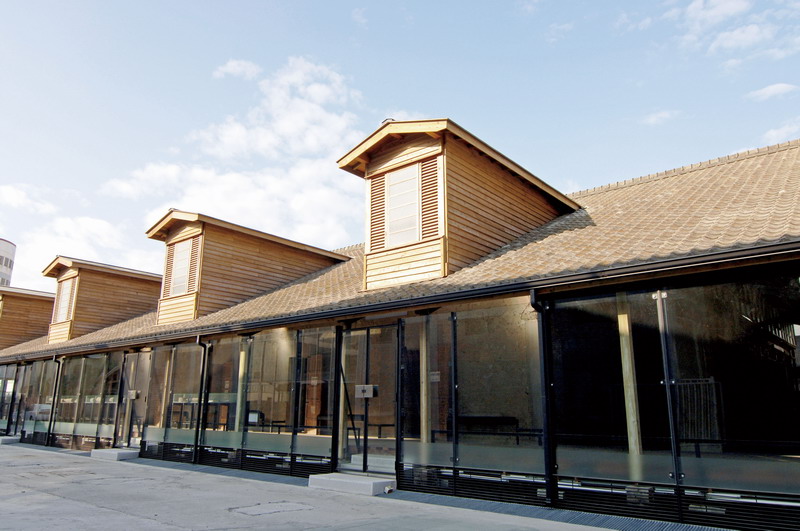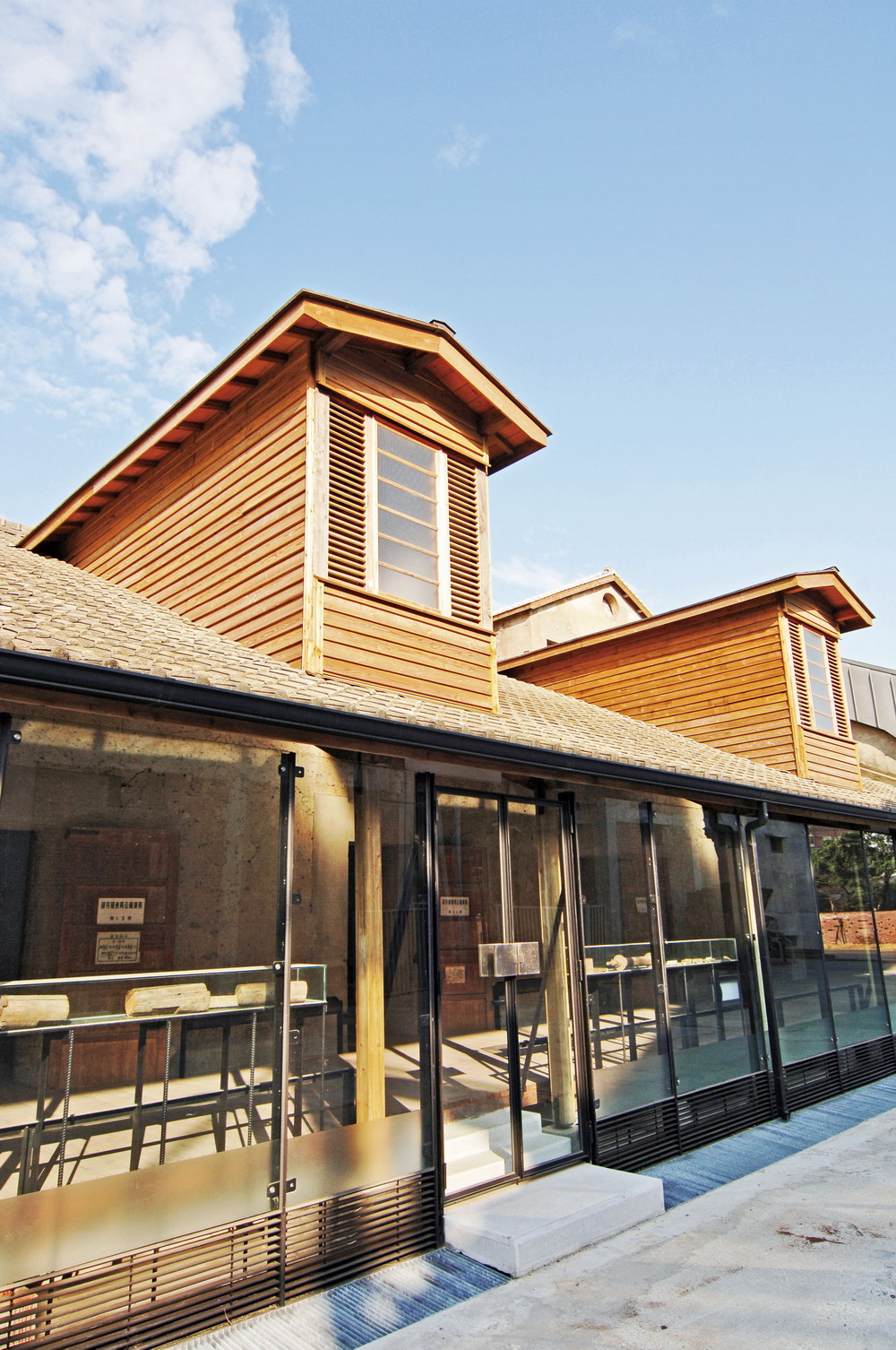Attraction sites特色
The immense Changhua Plain is a delta plain of several rivers, including Zhuoshui Creek. The fertile land attracted a substantial amount of Han ethnic migrants in the late Ming and early Qing Dynasties. For irrigation, the early settlers built the Babaojun. The construction completed in 1711 and the water of Zhuoshui Creek was diverted as far as 230km. This was the foundation of the prosperity of the Changhua Plain. The Fuxing Barn in Changhua County was the largest Japanese style barn in Central Taiwan, and one of the few in Taiwan. The old architecture and facilities are still preserves intact even up till today. To preserve stable food, a small barn called Gutingben or Gudengpeng became very popular in the Qing Dynasty. In the Japanese Colonial Era, a new type of barn was designed to increase the capacity and encourage production expansion. The barn was equipped with a rice mill room, turning the barn into a full-fledged manufacture facility and housing not only storage but processing functions. Aside from being an epoch making landmark, Fuxing Barn is also a special architecture built with ingenuity.






